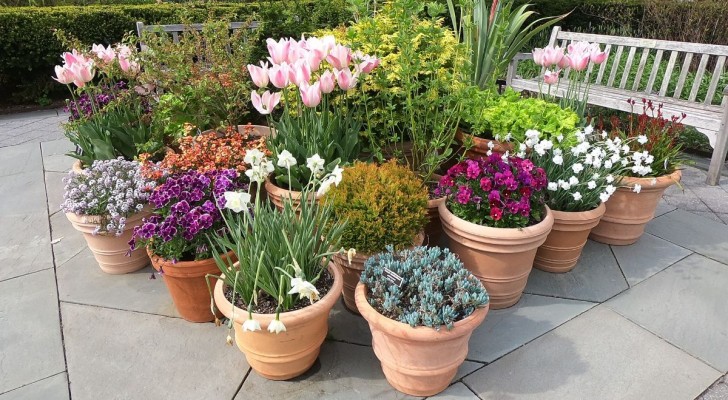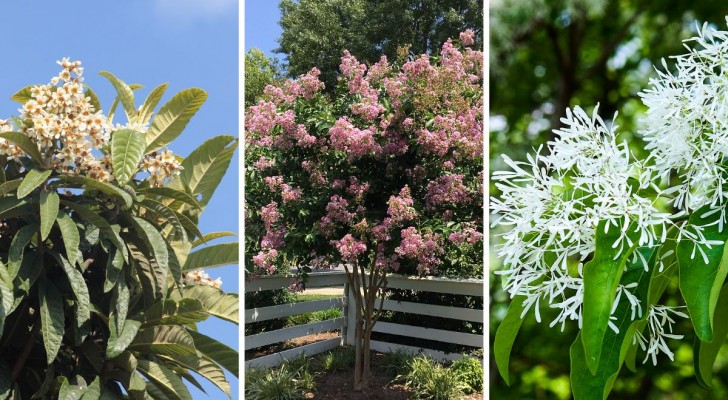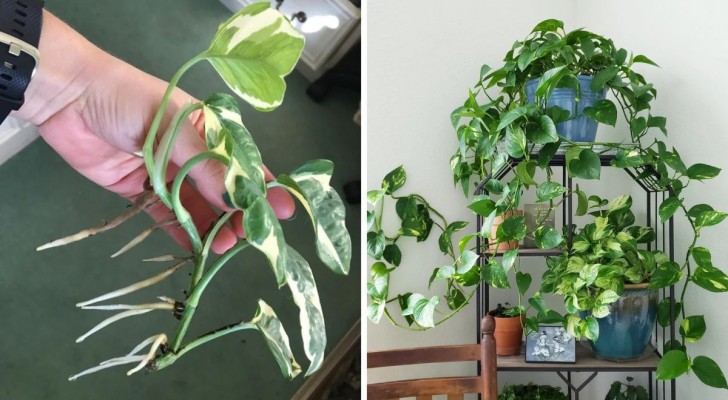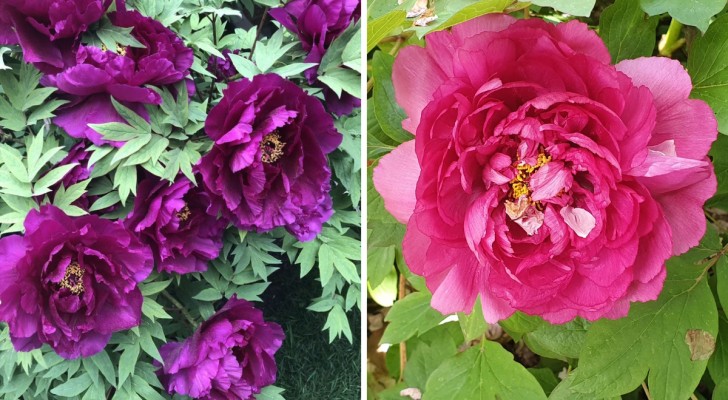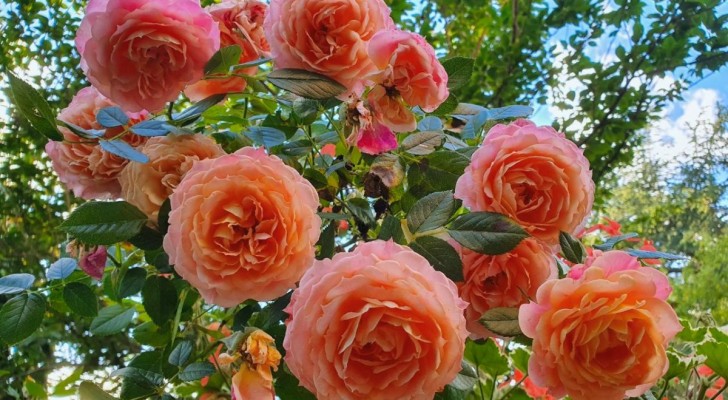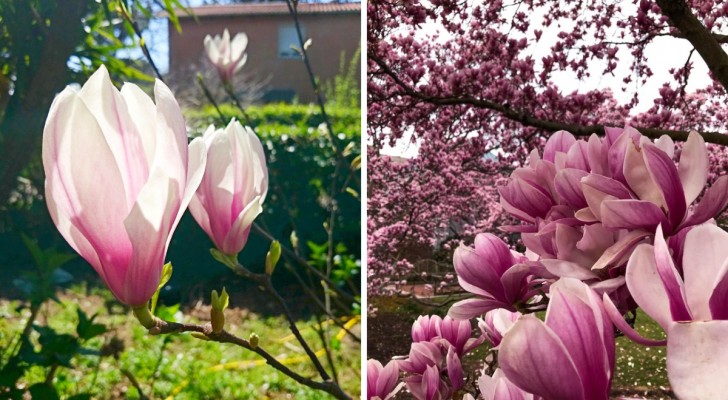Plumbago or piombaggine: useful tips for growing this enchanting creeper
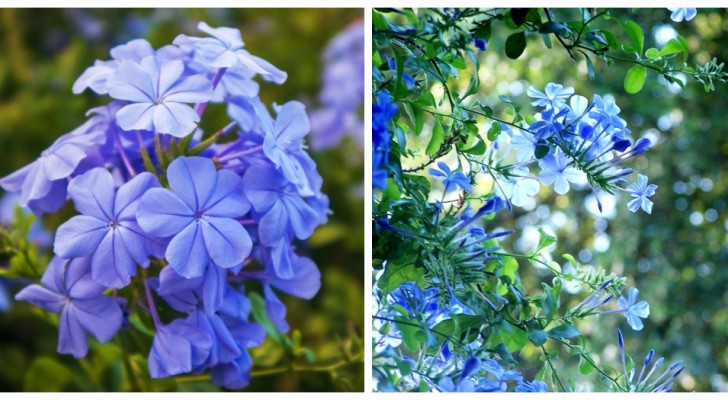
It is commonly known as Plumbago or Piombaggine, but it is sometimes also called blue jasmine, the lead plant or the blue geranium. It was believed that it was beneficial in the treatment of poisoning caused by lead, and has an aseptic that closely resembles that of certain geraniums (pelargonium). In reality, when we talk about plumbago, we almost always are referring to Plumbago capensis, that is a sarmentosa plant native to South Africa that looks like a shrub with a semi-creeper-like nature.
It blooms from spring until autumn, with blue umbrella-shaped flowers that have the color of a clear sky. The leaves are smooth and oblong and are colored a light green which, in combination with the flowers, gives a very elegant and beautiful appearance, and is really worth considering having in your garden, terrace or balcony.
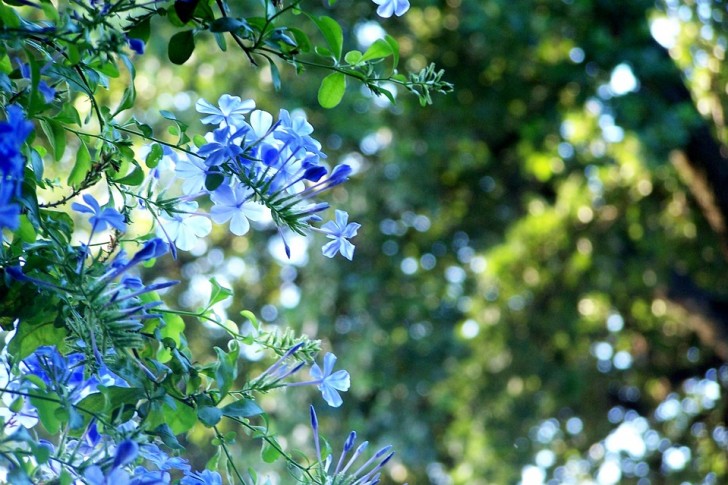
Climate and exposure:
The plumbago cannot survive the frost, therefore it can be grown in open ground only where the winters are mild, and in any case, should be placed in sheltered positions. Otherwise, it can be grown in pots, taking care to move it into suitably protected places (or at least covered with fabric sheets) when it is very cold.
As for exposure, it must be placed in full sunlight.
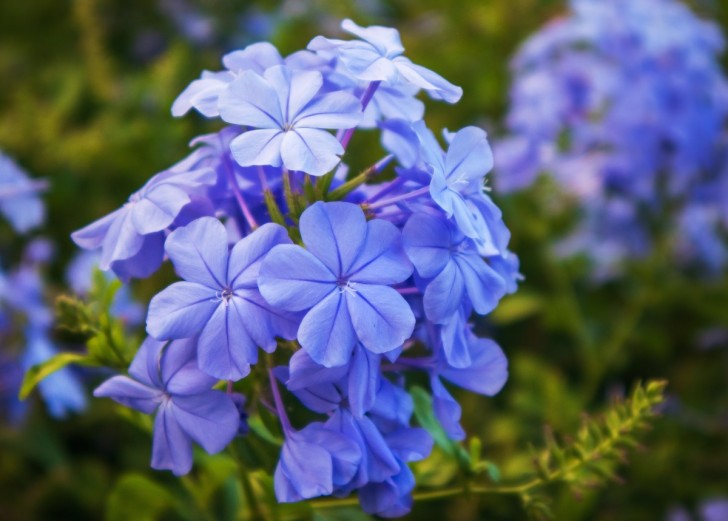
Soil:
Like all plants that love the sun and come from warm climates, the soil in which the plumbago grows must be well draining and enriched with organic materials. It is always advisable to put expanded clay or other similar materials on the bottom of their hole where they have been planted (or at the bottom of their pot) to avoid water stagnating and rotting the roots.
If grown in open ground, it will be best to protect the soil around the plant's stem in winter, uisng mulch or straw.
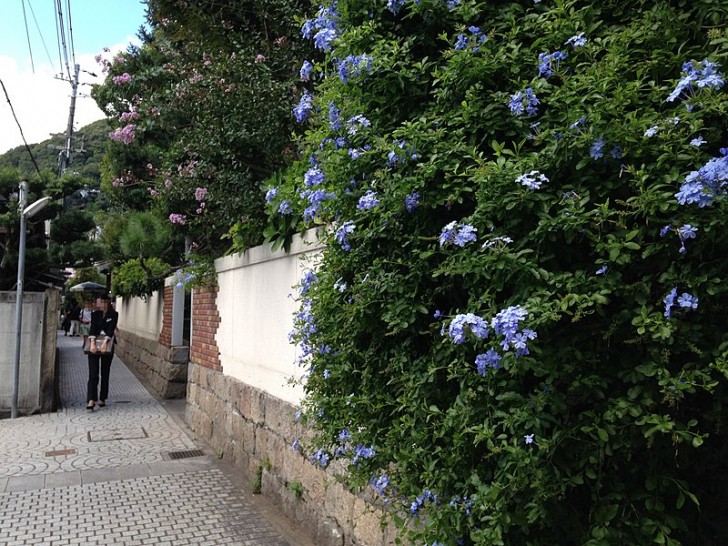
Irrigation:
These are plants that should be cared for more when small and, if grown in pots, watering them when the soil dries out completely. Those grown in open ground, on the other hand, are much more autonomous, and require very few interventions (except during the hottest moments of the year). In summer, it is necessary to water them regularly and abundantly, when the soil is dry (and not beforehand).
Pruning:
There is no need to prune this plant other than to give shape to the foliage. There is no need to do a major pruning at any time with this plant.
Diseases and parasites:
Beware of aphids and mealybugs.
It's really nice to see these blue clouds in the garden, isn't it?
